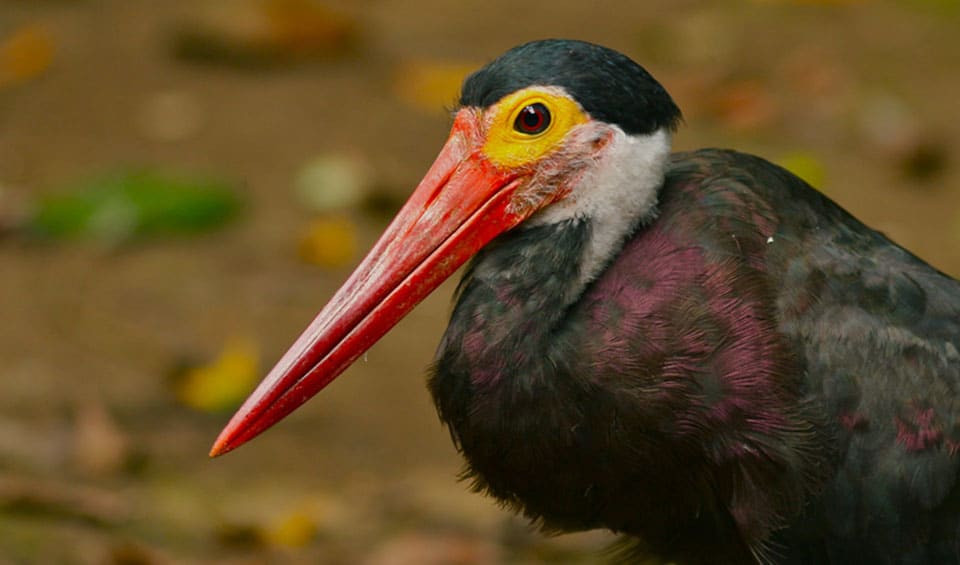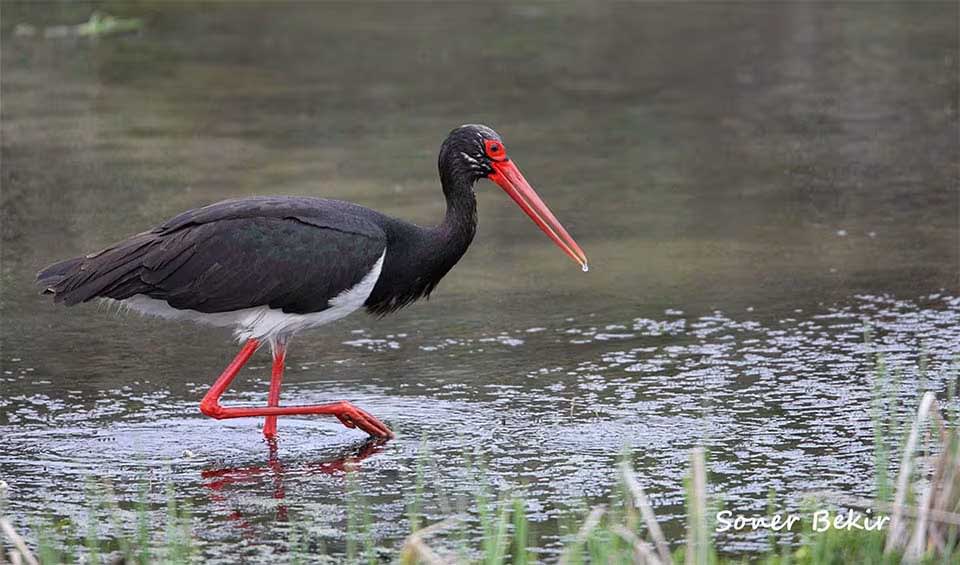Ciconia – Old World storks
The genus of widely spread typical storks
The Old World storks are a group of large, long-legged birds most commonly associated with the image of the classic stork. This genus comprises seven species that are native to the Old World—Europe, Asia, and Africa—and one species that is found in the New World. These birds are characterized by their feathered necks and heads, an evolutionary trait that differentiates them from other stork species like the Marabou or the Jabiru, which have naked heads.
The bills of these storks are straight or slightly recurved, adapted for a diverse diet that ranges from fish and amphibians to insects and small mammals. Around their eyes, they have a distinctive bare patch of skin, which may play a role in thermoregulation or in display behaviors.
Historically, the genus was thought to be limited to the iconic white stork (Ciconia ciconia) and the black stork (Ciconia nigra). However, as ornithological research has advanced, other species have been included in the genus, broadening our understanding of these birds’ diversity and ecological roles.
The fossil history of Ciconia storks traces back to the middle Miocene, providing a glimpse into their long-standing presence on Earth. Though not entirely clear, the fossil record indicates that the genus has experienced both speciation and mysterious extinctions over the ages, reflecting the dynamic nature of their evolutionary history.
A unique behavioral display in the genus Ciconia is the head-shaking crouch, typically exhibited by males. This display is part of their complex courtship rituals, including mutual preening, bill-clattering, and elaborate aerial displays. These behaviors not only strengthen pair bonds but also establish reproductive fitness.
These storks are predominantly lofty nesters, building large, often conspicuous nests atop trees, buildings, and other structures. However, one species, the Maguari stork (Ciconia maguari), is known to nest on the ground, particularly in treeless marshes, demonstrating the adaptability within the genus.
Species in this genus
Storm’s stork
Disappearing rarest stork
African woolly-necked stork
One of the most elegant and quietly impressive birds of Africa’s wetlands
Black stork
The stork with the widest geographic range
White stork
The folktale bird that brings the babies!




